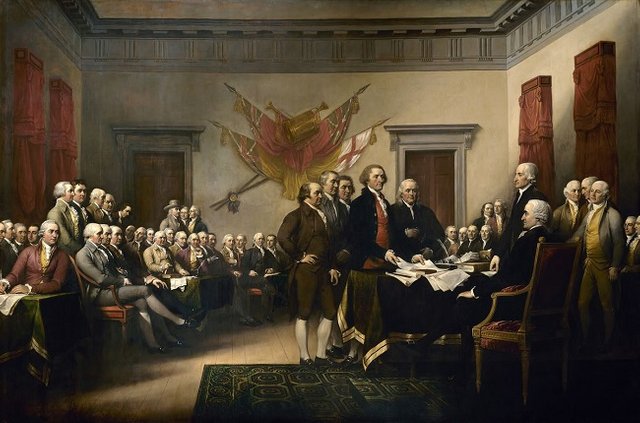Historical source and historical fact
Historical source. The immediate object of historical knowledge in the past is not something that is not present in the historian's present, but on the contrary, it is something that he has and so he is more or less able to get to know him. But the form in which this past exists in the present of the historian is fundamentally different from the form of his actual actual existence. Particularly what is given to the historian in his time is the dead, frozen, extinct human being ie. the past beyond his life.
But the historian is interested not in this lifeless form of the past but in his current living form. He seeks to understand not the remnants of the past by themselves, but from them and through them the real life of our ancestors. In this sense, all the remains of the past as long as they are not the living past itself, but its preserved form are given to the historian as historical monuments. But this is only the ontological side of the question. But he also has his own nasal side. It is about the fact that the historical monuments in their existence are not something amorphous and indefinite, but on the contrary something definite, which brings information about themselves and their time. As far as they are the product of human activity, these monuments, in which we find certain social relations, knowledge, skills, experience, etc. From a geno- logical point of view, historical monuments are presented as historical sources, springs that carry information about the social life of the people of the past.
As historical sources, they give two main types of information. The first is the so-called. direct or structural information. This is the information that historical monuments give to themselves, their purpose or function, their creators, the time and place of their making, and so on. The second is so-called. indirect or relative information. This is the information that historical monuments provide for other objects, processes in relationships and events. These two types of information are united in such a way that each historical source carries both direct and structural - and indirect - relative information. On the other hand, we can agree with the position of Kovalchenko, who considers that the historical monuments bear at the same time three relatively independent types of information, namely: pragmatic, semantic, syntactic. The first is information about the goals the creator has put into it. The second is the so-called. hidden or meaningful information about certain attributes and experiences in the monument.

This post has received a 10.42 % upvote from @boomerang.
You got a 1.55% upvote from @booster courtesy of @godflesh!
NEW FEATURE:
You can earn a passive income from our service by delegating your stake in SteemPower to @booster. We'll be sharing 100% Liquid tokens automatically between all our delegators every time a wallet has accumulated 1K STEEM or SBD.
Quick Delegation: 1000| 2500 | 5000 | 10000 | 20000 | 50000